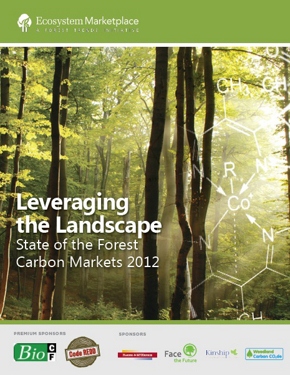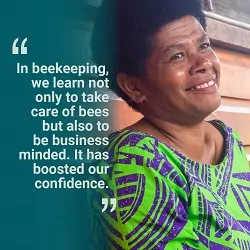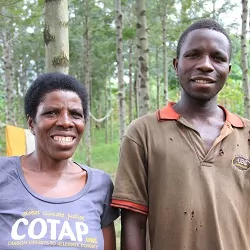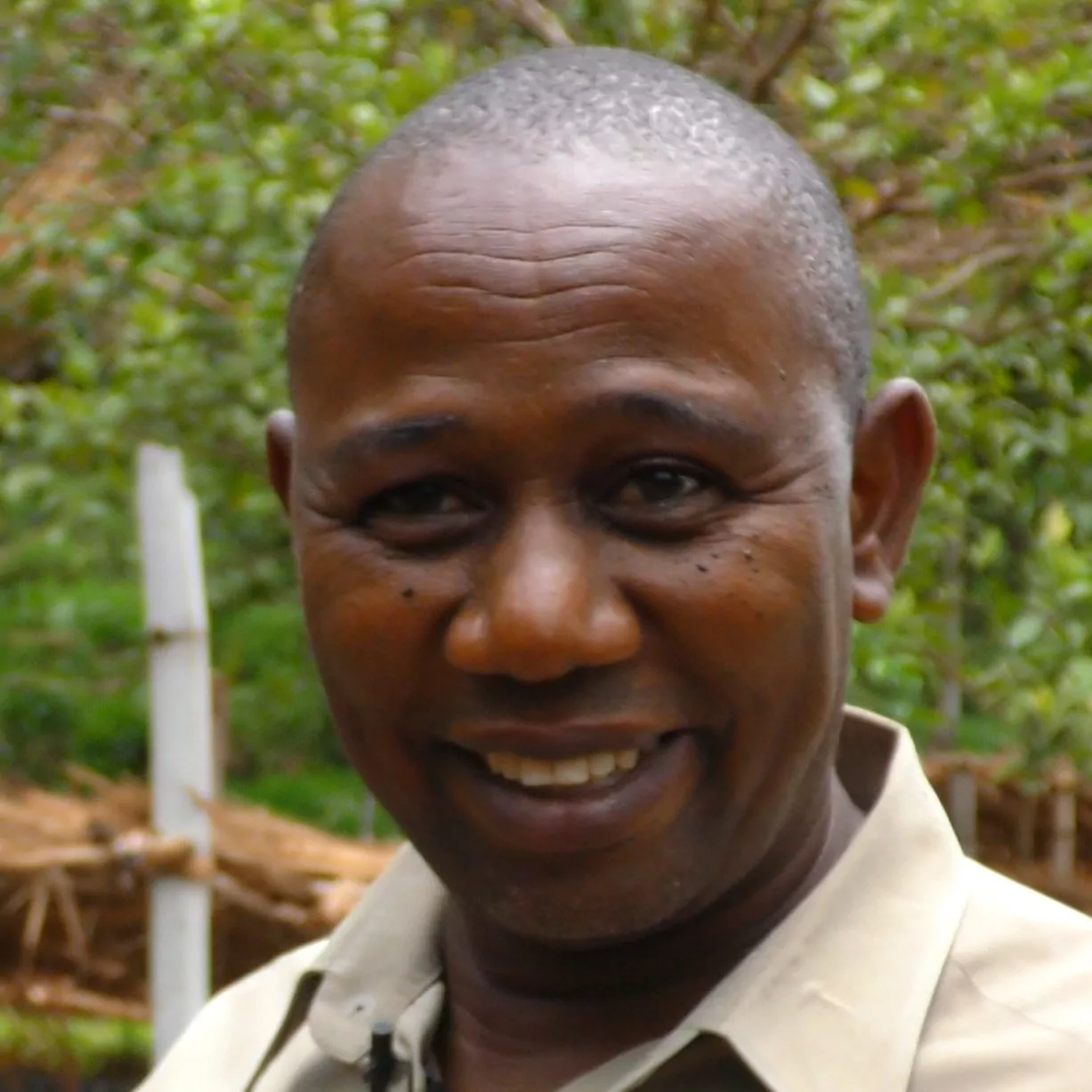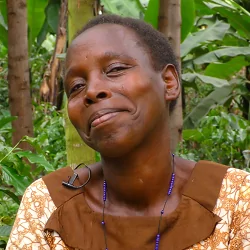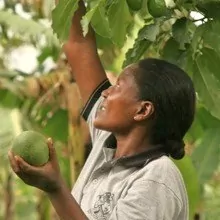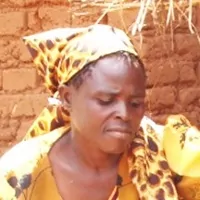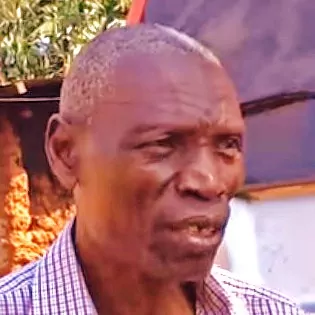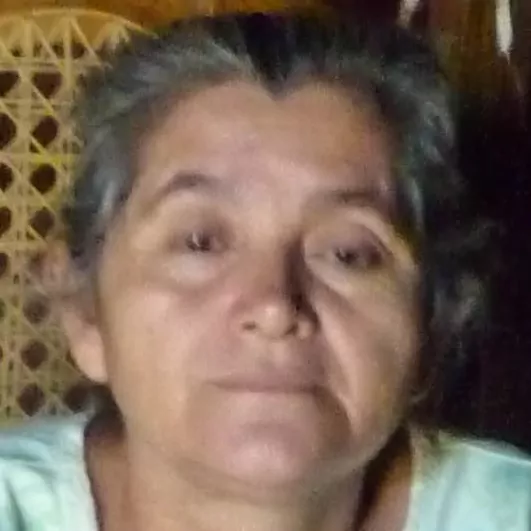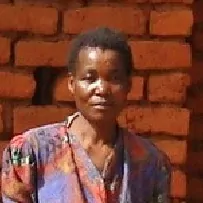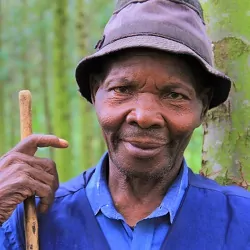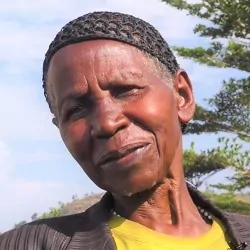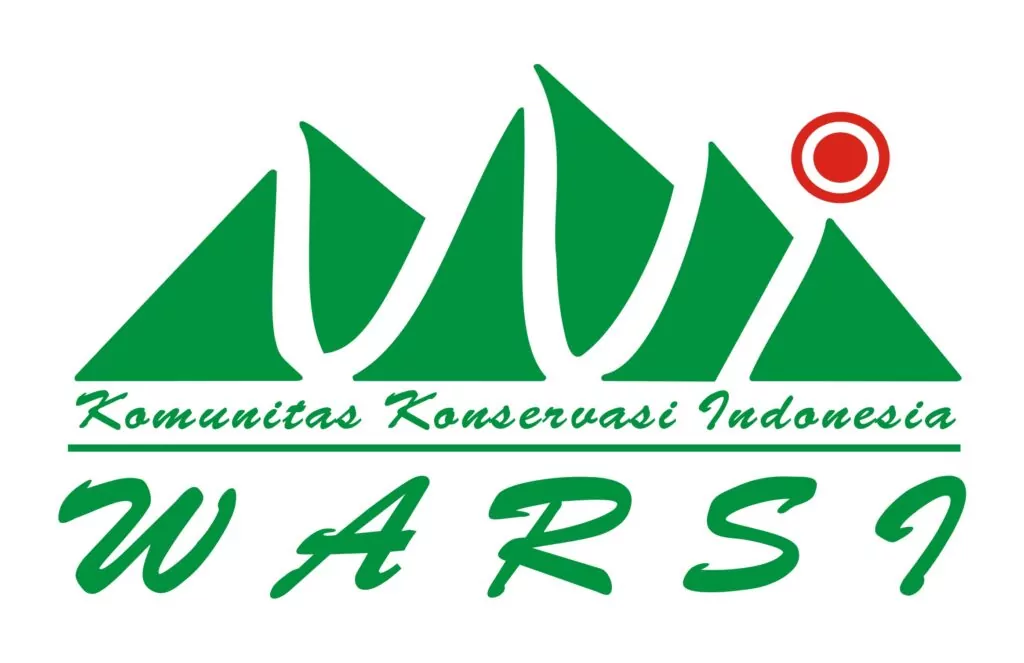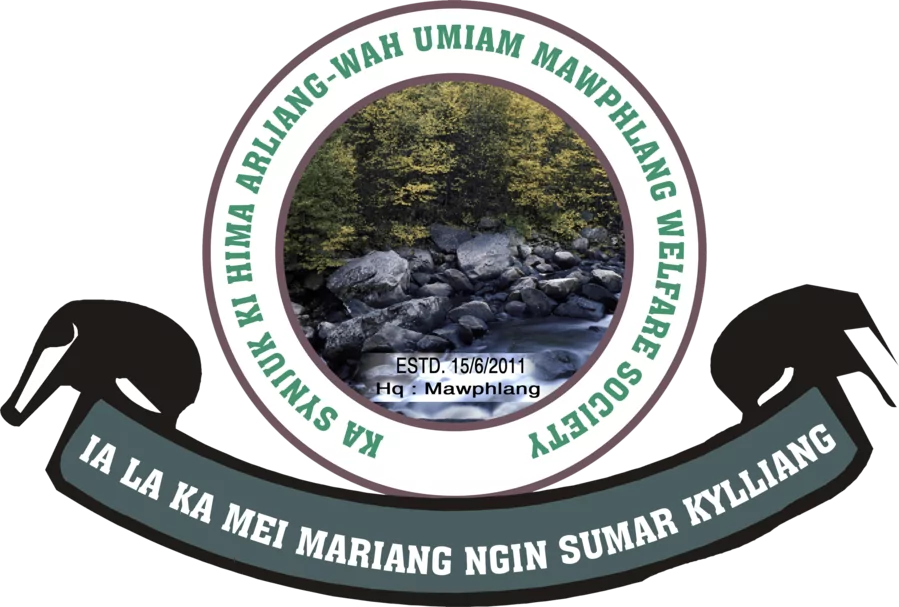Ecosystem Marketplace recently released its annual report on forestry carbon, called “Leveraging the Landscape: State of the Forest Carbon Markets 2012,” which you can download by clicking on the image at right. It’s a pretty dense 105 pages (and 6mb download).
COTAP was founded on a small number of key observations and beliefs, including that the forestry projects which most benefit the world’s poorest people could be much better funded if those benefits were made clear to individuals and if offsets from such projects were made more accessible to individuals as a tax-deductible donation.
It’s good to take a look at reports like this one to see if our core beliefs still hold. We did just that, and here are some things we see:
- Investors and corporations still dominate the set of buyers and individuals still only accounted for 1% of forest carbon transactions in 2011.
- The top buyer motivations are addressing corporate greenhouse gas targets (29%), resale/investment (23%), and compliance/pre-compliance (23%).
- Thus, forestry carbon credits are still viewed primarily as a single-dimension environmental commodity. Benefits to communities might be a ‘nice to have’ feature, but they are secondary to many other business-related motivations. ‘Benefit sharing’ appeared three times in the 105-page report.
- Not unrelated to the above, there’s a strong and continued preference of North American buyers for projects which are located in North America. This also holds true for buyers in Latin America, Oceana, and Asia.
- Although projects are frequently located in developing countries, motivations along the lines of “development” or “poverty alleviation” or “wealth transfer” are nowhere to be seen, unless they’re included in the unspecified category of “Other” that accounts for 1% of buyer motivations.
- Projects registered under the Plan Vivo standard, which ensures direct carbon revenue sharing with poor communities (and which is used by COTAP’s first 4 projects), are still relatively under-represented at 4% of the market.
So, we’re happy to report that the case for COTAP is stronger than ever. The projects COTAP serves can go much further and faster as we scale and, through COTAP, individuals have two reasons to address their unavoidable CO2 emissions instead of just one. COTAP was created to bring together individuals with poverty-alleviating forestry projects, there’s no organization quite like us, and the sky is the limit in terms of the good we can create together.
Actually, since the atmosphere is more or less infinitely oversupplied with CO2, maybe we should change that by saying “the sky is unlimited” in terms of the social and environmental good we can create together!
So, if you haven’t already, consider addressing some or all of your 2012 CO2 emissions through COTAP today and giving COTAP as a gift this holiday season.
And spread the word, because lack of awareness is the only thing that can hold us back!


